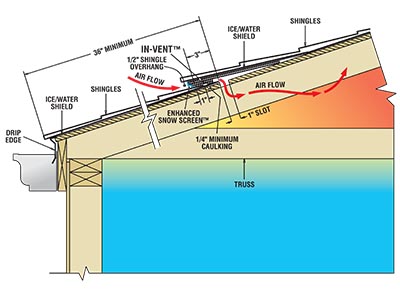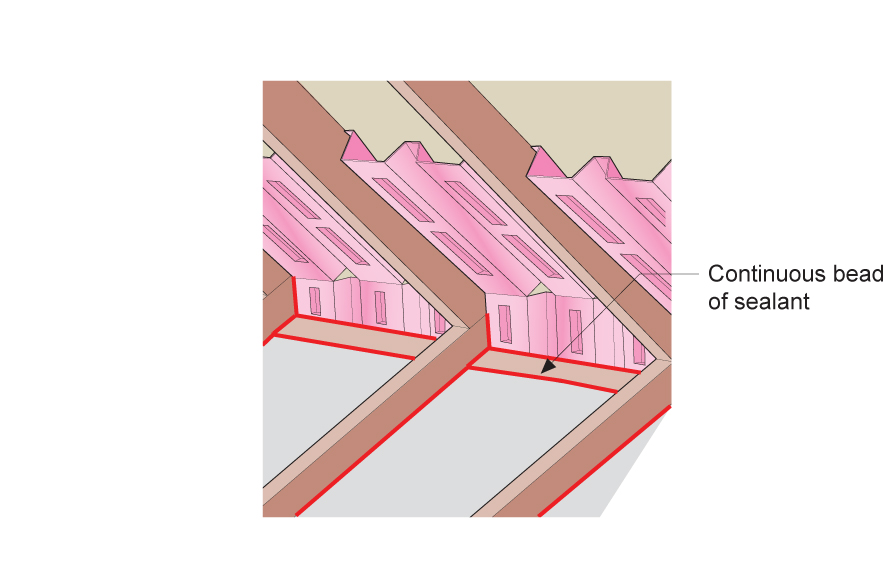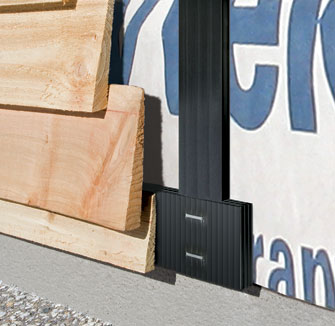Gba editor brian pontolilo replies that it s generally fine to vent a rainscreen into an attic although sinclair s building inspector may have other ideas.
Venting rainscreen into attic.
He points out however that a rainscreen is typically 1 2 inch to 3 4 inch deep a function of what material is used to create it and that probably isn t enough to make up the required area for soffit vents.
Only other option would be a split.
Hot air exhaust vents located at the peak of the roof allow hot air to escape.
Attic venting process to choose the proper ventilation system for your attic you ll first need to know the total area of your attic.
Home clothes dryers don t start out venting into an enclosed space because the building code specifies that the termination of a dryer duct must be outside.
Exhausting into the attic would be super easy but again i pause with reservation of mold concerns.
Good ventilation allows the heat and moisture to escape.
Noticed one of the attic vents was not working.
To determine the area multiply the length times the width in feet.
If the inspector is okay with it there is still the question of whether it provides an adequate amount of intake area for effective roof venting.
The attic only has the soffit vents all around the house and the fans on top outside but when the wind is not blowing those whirley birds on the roof don t spin.
Told that the 2 attic power vents are the only attic ventilation i have the house does have vented soffits every other soffit cover is vented.
Sv 3 rainscreen siding vent a simple effective solution for rainscreen ventilation behind wood hardboard fiber cement siding.
Especially possible if a front comes through changes the pressures and temperatures.
Friday june 22 2018.
Malcolm taylor suggests that connecting the rainscreen and attic ventilation might increase the drying potential of the wall assembly.
Help purchased home 8 years ago with 2 power attic vents.
Venting into attic in cold weather you can also add extra moisture to the attic area that could condense on the underside of the roof and cause moisture and possibly mold.
That cuts cooling costs and prolongs shingle life.
In the winter warm moist air seeps into the attic from the living space below.
Trapped moisture from driving rain or condensation can cause major problems.
In the summer good attic ventilation reduces heat buildup.
Then divide the total area by 150 to find the total amount of vent space needed for your attic.
Things have been ok low energy bills house very comfortable.
Venting behind your siding is just as necessary and valuable as venting your attic.
Intake vents located at the lowest part of the roof under the eaves allow cool air to enter the attic.









